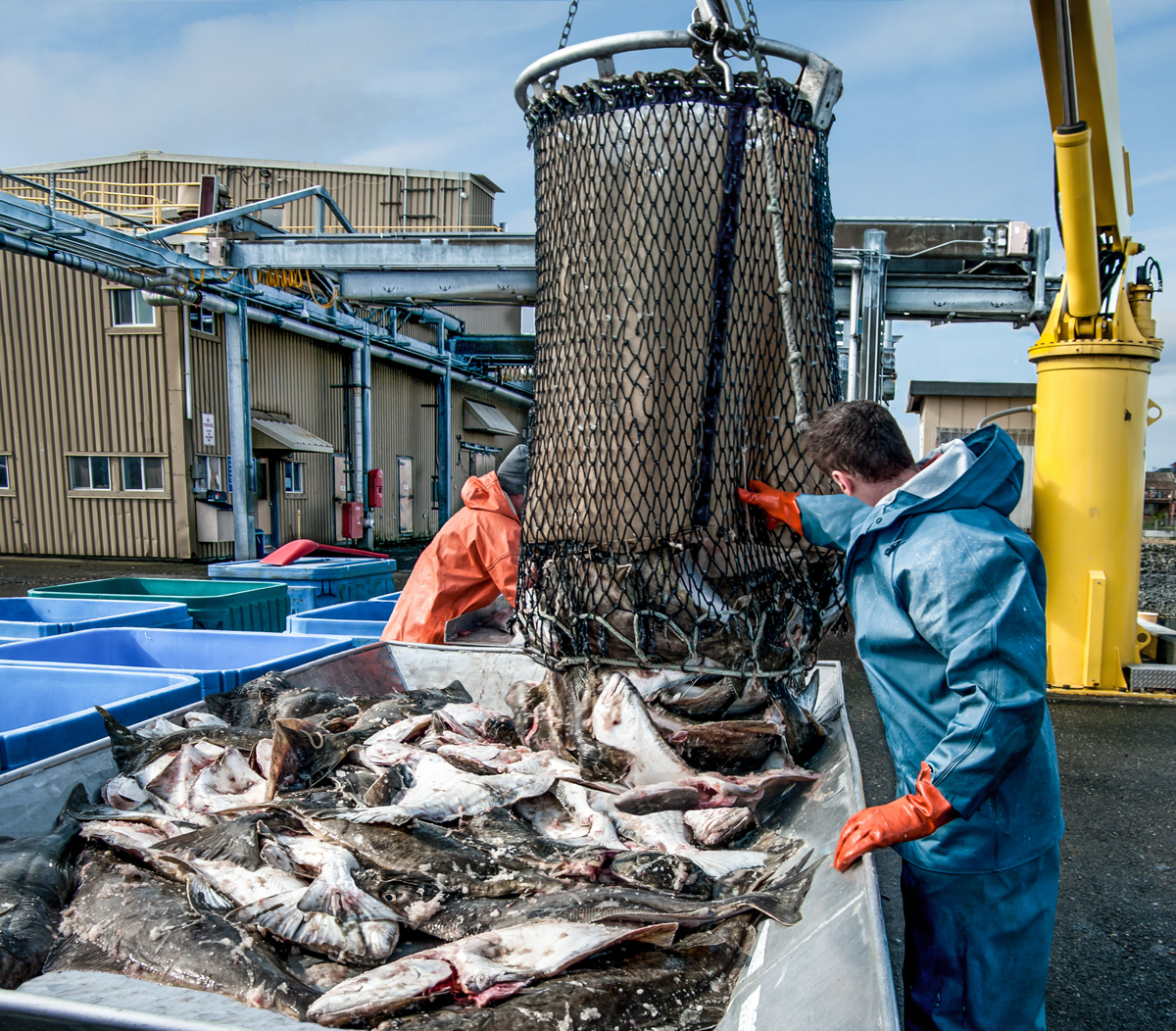Reflecting on Foodway
Spotlight on Alaska
I’ve been thinking about starting a foodways series looking at the link between culture, food, and history. Here is the first conversation. Please send your thoughts and feedback!
Let’s start with Alaska- the name derived from the Aleut word, “Aleyska”. In this post, I’ll discuss food history and delicious dishes you should try. Before we dive in, I want you all to read this with the understanding that Alaskan Native culture is strong and thriving.
Did you know Alaska provides about 60% of the nation’s commercial fisheries? With its coastlines along the Arctic Ocean, Pacific Ocean, and Bering Sea, Alaska is an ideal place for a thriving fishing industry. But how did this fishing industry come about? And what other foods do people living in Alaska and Alaskan Natives eat?
What is the food history of Alaska?
To understand indigenous food, we must explore some of Alaska’s history. Alaska has the most significant proportion of Indigenous people in the Pacific Northwest region of the US, with 20% of Alaskans identifying themselves as Indigenous American or Alaska Native. In the 1800s, the Inupiaq peoples, the indigenous group inhabiting northern Canada and parts of Greenland and Alaska, had limited access to food due to poor natural resources and cold climate. Abundant foods were mammals and fish, mostly whale, caribou, moose, walrus, seal, fish, fowl, mountain sheep, bear, hares, squirrels, and foxes. To optimize intake, Indigenous peoples ate all parts of the animal and fish, including the meat, fat, eyes, and organ meats of the fish, and brain, tongue, heart, liver, kidneys, stomach and its contents, intestines, and bone marrow of mammals like caribou. Interestingly, the fish and mammals they consumed were not always cooked as they wanted to retain all nutritional value and often ate these in raw form. They also ate small amounts of natural vegetable products, like berries, leaves, roots, seaweed, and greens.
What does the Alaskan pattern of eating look like today?
Today, fish continues to be a staple in many patterns of the plate across Alaska; preparation techniques vary based on region. Among common fish coming from Alaska are species of Pacific salmon, Pacific halibut, rainbow trout, and Arctic char. Alaska has a constitutionally mandated commitment to sustainable practices; this contributes to its success. There is also a federal Marine Mammal Protection Act, which restricts the harvesting of Alaskan whales, seals, walruses, sea lions, and sea otters to only Alaskan Natives. This act is essential for Alaskan Natives’ subsistence and to protect threatened and endangered mammal animal species from being harvested by non-Natives. These are particularly significant as the fishing industry also provides a stable food supply for the nation–close to 60,000 jobs–and a traditional way of life for Alaska Native and Indigenous American communities.
We must remember that no culture is monolithic, so foodways will differ throughout the state. There are 224 federally recognized tribes and 20 indigenous languages spoken in Alaska. Today, some residents still rely on the subsistence activities of hunting, fishing, trapping, and gathering for most of their diets. On the other hand, many rural residents have shifted away from a dependence on subsistence to imported and store-bought foods. The traditional high-protein, high-fat diet has been replaced by one rich in packaged goods that supply an abundance of refined grains, added sugars, salts, and synthetic and saturated fats. Similar to marginalized communities of color who experience food apartheid, it’s no surprise that Alaskan Natives are simultaneously experiencing an increase in chronic diseases, including obesity, diabetes, cancers, and cardiovascular disease.
The Education and Research Towards Health (EARTH) study, a longitudinal study conducted in 2004-2006 and repeated in 2015-2017, found that over 93% of Alaska Native and Indigenous American participants ate more than one traditional / heritage food in the past year and over 59% participated in at least one traditional harvesting activity. The average traditional foods eaten in 2004-2006 was 6.3 times per year, which declined in 2015-2017 to 5.5 times per year. Although Alaska Natives and Indigenous Americans are still participating in traditional harvesting activities, the variety of traditional foods eaten has significantly declined. The researchers recommended promoting harvesting activities and consuming traditional foods to protect against the rising rates of chronic diseases. Indeed, the large amount of fish consumed has bountiful positive effects on one’s health, especially in terms of longevity.
Some famous and delicious dishes and foods to try!
As you can guess, any fish dishes, particularly with salmon, halibut, trout, and king crab, would be a fantastic way to bring some of Alaska’s finest into your home.
Try some of these salmon recipes: blackened salmon, spicy salmon chowder. Fishermen in Alaska have also been known to smoke their fish, and make dishes like smoked salmon quiche or smoked salmon dip.
Another must-try if you want to pay homage to Native Alaskan foodways is reindeer sausage. A great way to enjoy it is to buy it from a local Alaskan shop and make stir-fries like this one.
If possible, look for fish and meat specifically from Alaska – at your local farmer’s market, seafood market, butcher’s shop or online!
Resources
Alaska’s Heritage | Alaska History and Cultural Studies. http://www.akhistorycourse.org/americas-territory/alaskas-heritage/chapter-4-4-food-clothing-and-shelter/. Accessed December 15, 2021.
Redwood DG, Day GM, Beans JA, et al. Alaska Native Traditional Food and Harvesting Activity Patterns over 10 Years of Follow-Up. Curr Dev Nutr. 2019;3(11). doi:10.1093/CDN/NZZ114
Alaska’s Fishing Industry. Resource Development Council for Alaska, Inc. https://www.akrdc.org/fisheries. Accessed December 15, 2021.
https://www.fisheries.noaa.gov/region/alaska


Leave a Reply